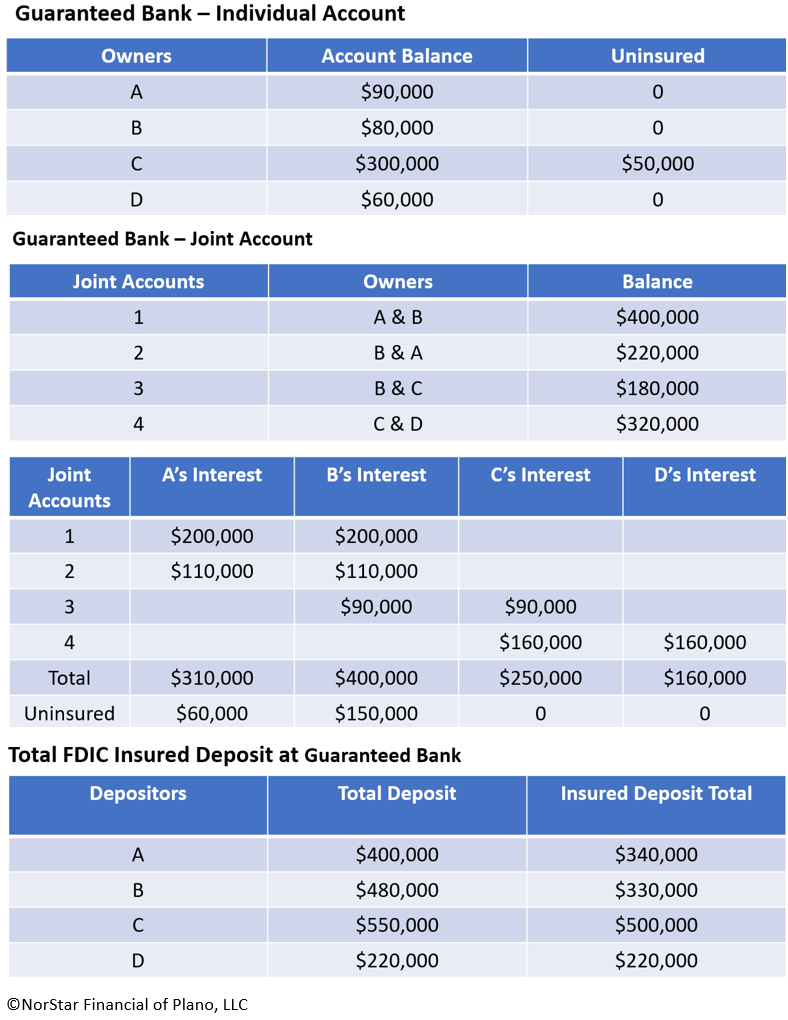
Receiving a diagnosis of autism for your child can be overwhelming and emotional. However, it’s important to remember that early intervention and support can make a significant difference in your child’s development and quality of life. Here are some steps you can take after your child has been diagnosed with autism:
- Learn About Autism
Autism is a complex neurodevelopmental disorder that affects social communication and behavior. There is a wide range of symptoms and severity, so it’s important to educate yourself about autism and how it may impact your child. Read books, articles, and blogs written by autism experts, attend support groups, and consult with your child’s healthcare provider to understand your child’s specific needs.
- Create a Support Network
Having a support network can help you and your child navigate the challenges of autism. Reach out to family and friends for emotional support, and connect with other parents of children with autism through support groups or online communities. Consider hiring a therapist or counselor to help you and your family cope with the emotional stress of the diagnosis. If you are concerned about the cost of caring for a child with autism, a financial professional with expertise in special needs planning can help you sort out various options available to you to pay for the care your child needs.
- Seek Early Intervention Services
Early intervention services are crucial for children with autism, as they can help improve their social, communication, and behavior skills. Contact your state’s early intervention program or your child’s healthcare provider to learn about available services in your area. These services may include speech therapy, occupational therapy, and behavioral therapy.
- Create a Routine and Structure
Children with autism often thrive on routine and structure. Establish a consistent daily routine and schedule, and use visual aids, such as picture schedules or charts, to help your child understand and anticipate daily activities. Provide clear and consistent expectations, and use positive reinforcement to encourage good behavior.
- Advocate for Your Child
As a parent, you are your child’s best advocate. Be involved in your child’s education and healthcare, and speak up if you feel your child’s needs are not being met. Stay informed about your child’s rights and legal protections, such as the Individuals with Disabilities Education Act (IDEA), and work with your child’s healthcare provider and school to ensure they receive appropriate accommodations and support.
- Take Care of Yourself
Caring for a child with autism can be challenging and exhausting, so it’s important to prioritize self-care. Make time for activities that you enjoy, such as exercise, hobbies, or spending time with friends. Seek support from family and friends, and consider joining a support group for parents of children with autism.
Receiving a diagnosis of autism for your child can be overwhelming and emotional, but taking action early on can make a significant difference in your child’s development and quality of life. Remember that every child with autism is unique, and there is no one-size-fits-all approach to autism care. Work with your child’s healthcare provider and education team to develop a personalized plan that meets your child’s individual needs.










